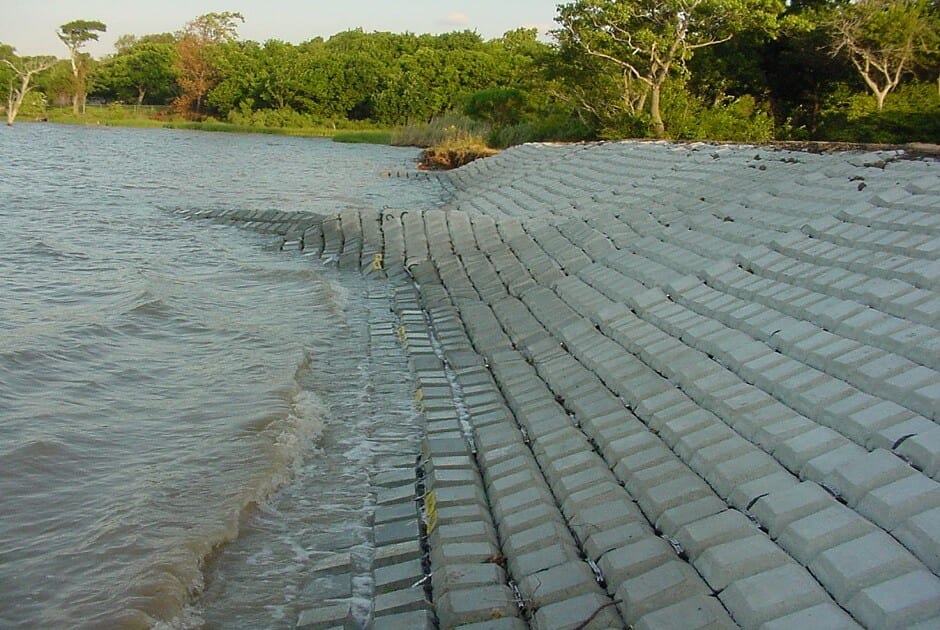Those who lay pipelines and work in stream or water crossings know that streambank stabilization is a primary concern. Pipeline erosion control could be particularly tricky in streams, water crossings, and other low-lying water areas. Fortunately, there are numerous techniques that could minimize your risk of runoff.
Protecting Streams and Water Crossings
The United States Department of Agriculture’s (USDA) Forest Service has provided numerous tips and guidelines to help protect low-lying streams and water crossings. They recommend that companies make efforts to not only protect the channel or the steam, but to protect the structure and the foundation of the surrounding area as well.
Companies should work to prevent accelerated stream flows, as these can:
- Damage Structures
- Provide a Source of Sediment into the Watercourse
- Wash out Approaches
The organization also recommends installing energy dissipation measures and scour protection, including but not limited to cutoff walls, gabion basket aprons, plunge pools, and rock or riprap. Then, once the rate of the water flow has slowed down, make efforts to use vegetative or other bioengineered streambank stabilization measures.
Submar Mats
One of the most effective methods to help cut down on sediment and pipeline erosion in low-lying areas are articulated concrete mats from Submar. These mats can protect your pipeline from exposure and work to stabilize and rebuild the surrounding areas that are prone to runoff. In fact, the USDA Forest Service recommends using reinforcement mats to build vegetation on streambanks.
Submar mats encourage vegetative growth. This is primarily due to the fact that they contain slits that allow vegetation to grow. The concrete mats help the vegetation stay in place, preventing it from being removed by water runoff. The more vegetation that is on a streambank or water crossing, the less likely there will be pipeline erosion.
The mats are a cost-effective, easy-to-install solution that could go a long way toward protecting your pipeline. They are also incredibly useful in low-lying areas because they lay flat and are no more than a few inches in height. The Forest Service recommends keeping erosion-prevention structures low to the channel, which is another reason why Submar mats would be beneficial.
Planning Beforehand
When it comes to erosion control, it is imperative that you plan for the problem beforehand. Although it is possible to correct the problem after the fact, it is much easier and more cost-effective if you begin putting erosion control measures in place before you begin your project. Submar urges all members of the oil and gas pipeline industry to consider how their projects will impact the surrounding environment and the future complications their pipeline will face if they do not take efforts to cut down on the risk of erosion.
The Forest Service advises companies to come up with an “erosion-control” plan for the project. This plan should include a detailed description of the measures you plan to use and a list of the types of materials and the timing in which you plan to install them. Learn more about streambank stabilization. https://submar.com/projects/


